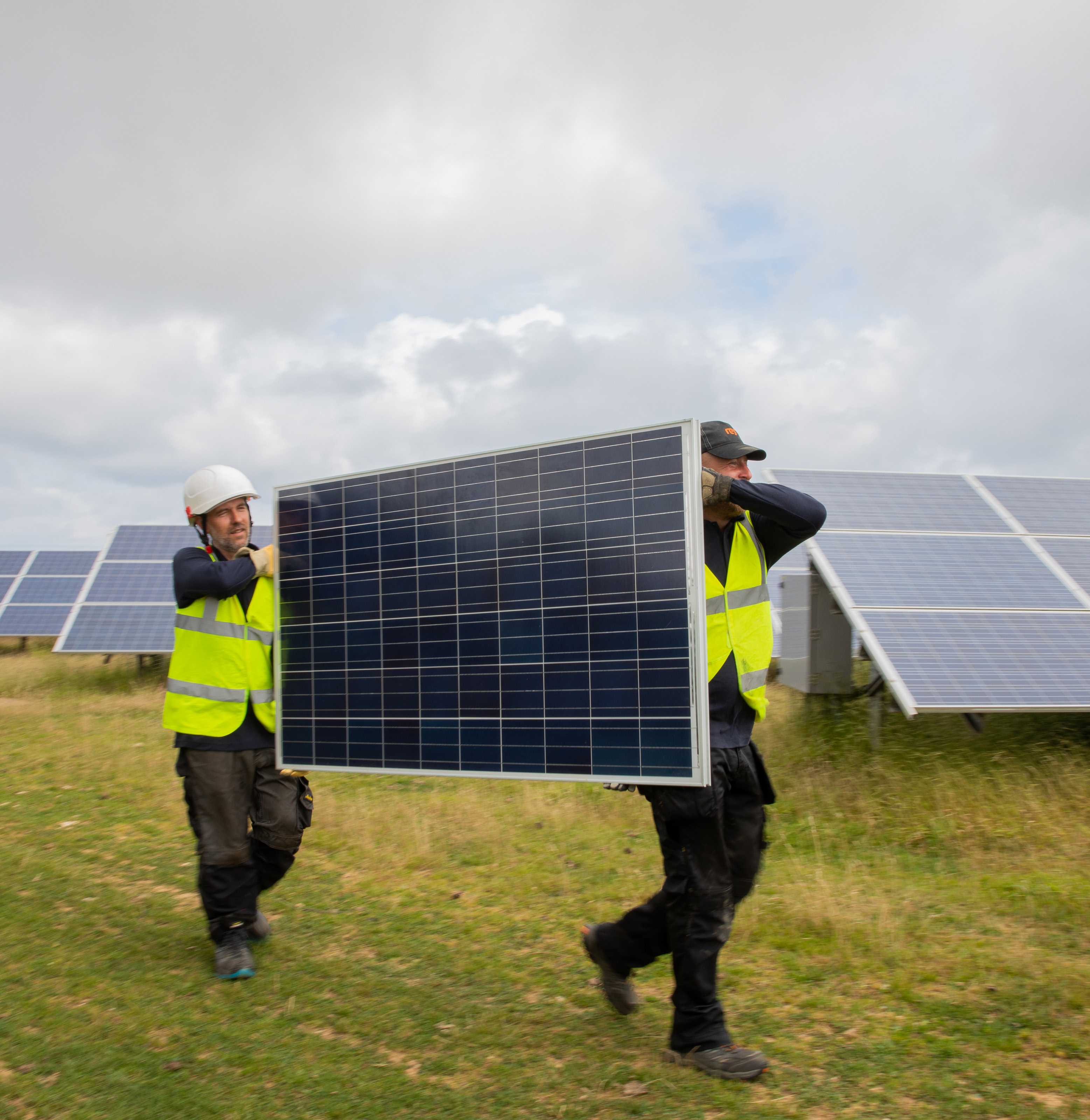
Our goal is to develop a solar project that will:
- Fight climate change (which is a long-term threat to the countryside)
- Improve energy security
- Provide local economic benefits
- Integrate into the local landscape
- Enhance local biodiversity
If consented, it is anticipated that the solar farm will be capable of generating up to 49.9 MW of clean, low cost renewable electricity. This is enough to power approximately 19,1941 homes, saving up to 32,0002 tonnes a year of CO2 compared to electricity from fossil fuels like gas.
Community engagment and consultation
In July 2023 we consulted key stakeholders and the public on our initial design for our proposed Chimmens Solar Farm. This included a meeting with parish councils on 28th June 2023 and a public exhibition on 10th July 2023 at Fawkham Parish Hall, enabling people to learn more about the project, discuss the proposal with our project team, provide us with feedback on the preliminary design.
You can read more about our consultation activities in our Statement of Community Involvement found here.
Why solar?
- Renewable energy at lowest cost to the consumer1
- Tackling climate change by supporting the UK’s target of net zero by 2050
- Specifically designed to be dual purpose, combining continued agricultural use and renewable generation
- Quick to deploy
- Modern, efficient technology allowing more electricity generation in less space
- Diversification of agricultural business
- Significant biodiversity enhancement opportunities by supporting new and existing plant and animal habitats
- High level of public support2

2 https://solarenergyuk.org/wp-content/uploads/2022/01/Copper-Consultancy_Solar-Energy-UK_Public-attitudes-to-solar_January-2022.pdf
